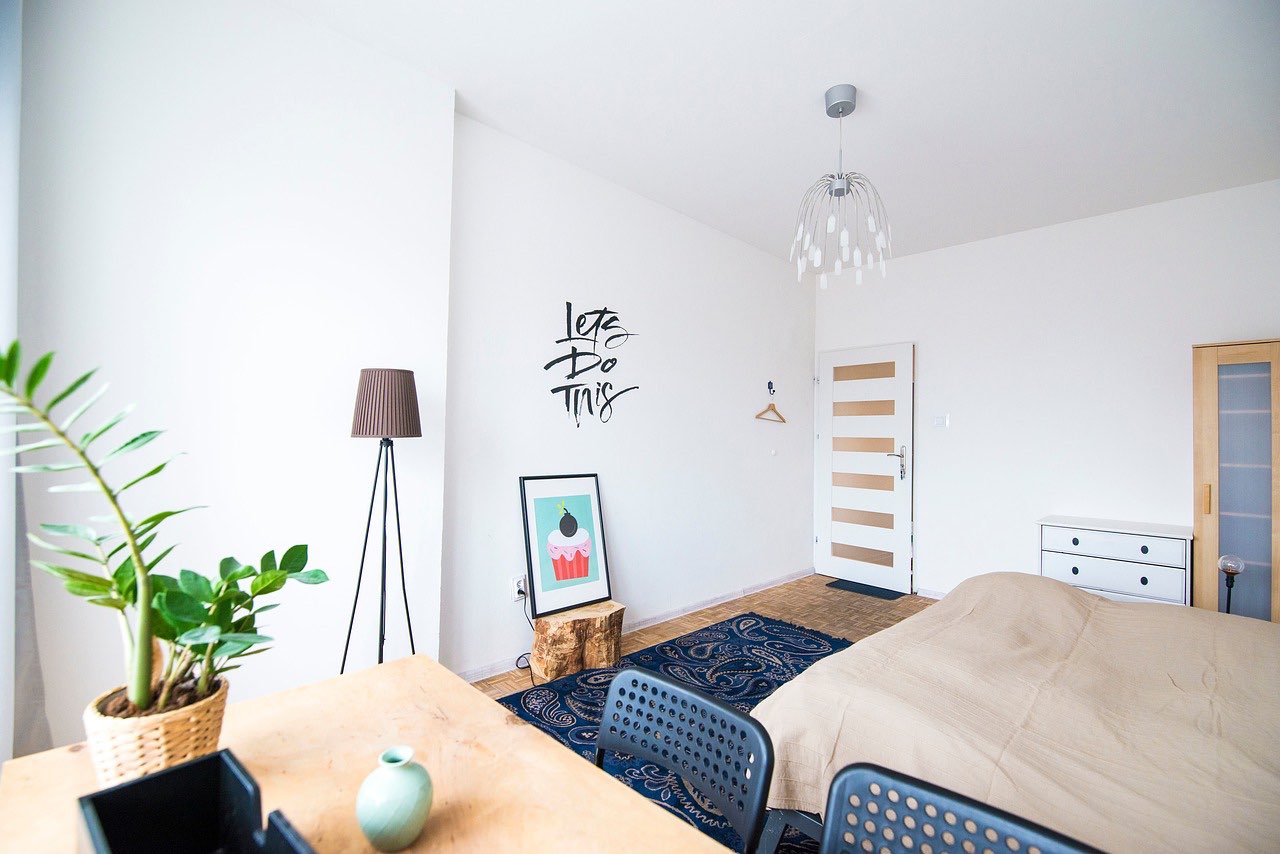Have you purchased a new property that needs sprucing up? Or do you want to improve your existing home? Whatever the reason for giving your house a makeover, make sure you create a look that not only reflects your lifestyle but also enhances your home’s energy efficiency. For instance, you can blend old with new, mixing well-placed antique mirrors and vintage lamps with energy-efficient light bulbs and smart appliances. In this article, we explore ways to improve the look of your home without compromising energy efficiency.
Energy Efficient Interior Design Tips
The design of your home is a significant factor in minimizing your environmental footprint and saving you thousands of dollars in energy bills over the years. That said, the following energy-efficient interior design tips will set you down the path of conserving energy and saving money.
Substitute Excess Lighting with Paint Color
Statistics show that lighting accounts for at least 10% of home electricity consumption. You can reduce this consumption by replacing your excess lights with the right paint colours. Light paint colours will not only light up your space but can also keep it cool, making your home energy-efficient.
Insulate with Furniture
Your home’s walls may be sufficiently insulated, and windows tightly sealed to avoid drafts, but there are always imperfections in these areas. You can minimize the impact of these imperfections by placing high-back and overstuffed sofas against the exterior wall to act as an additional thermal barrier.
Improve Air Circulation
If you have an open room that is humid or musty, consider installing a ceiling fan. Circulating cool air, especially during summer, reduces the need to use the air conditioning system.
During winter, flip the reversible setting of the ceiling fan to turn the blades in the opposite direction, re-circulating the warm air that has risen to the ceiling. Having good air circulation can make your home smelling fresh, it is like using scented wax melts and candles all the time.
Get The Right Window Treatments
Different window shades, blinds, and curtains affect a room’s temperature in different ways. During winter months, thermal curtains are an ideal option as they’ll avert cold drafts. During the warm weather, use sheer, air drapes to allow sunshine and breezes into the home.
Window shades are effective in blocking out light and unwanted ultraviolet rays during warmer seasons. They also minimize heat loss on cold nights.
Landscaping Your Way to a Lower Energy Bill
Energy efficiency doesn’t end with the design of the home’s interior. Landscape design also contributes to energy efficiency. For example, a few well-placed trees in your yard can lead to a 25% reduction in your energy bill.
Here are some eco-friendly landscaping tips to help you lower your energy bills.
Shade Your Roof and Walls
Your roof is the main point through which heat penetrates your home. Consider planting tall shade trees around your house to help block direct sunlight, especially during summer. In fact, shading your roof and walls can lower your summer energy costs by up to 20%.
For the best results, plant shade trees on the sunny south side of your home, as well as on the west side where they’ll shield the house from the late evening scorching sun of summer. If waiting years for shade sounds discouraging to you, consider building a pergola or trellis and plant it with fast-growing vines.
Reduce Water Usage
By landscaping with plants that use less water, you can cut down your outdoor water usage by up to 50%. Try to minimize the area occupied by thirsty grass in your yard and consider alternatives such as wildflowers, planting beds, and bark mulch beds.
Build a Tall Fence to Slow Winter Winds
Besides lowering your hitting bills, a tall fence will also offer protection for less-hardy plants. Semi-open fences that allow some air to move through them are often the most effective. To learn more about selecting the perfect fence material, style, and design that works best for your home, check this out.
Smart Appliance Upgrades
Besides choosing one of the cheapest Atlanta gas companies, you should also consider investing in smart appliances to reduce your utility costs. Here’s a look at some smart home appliances that will not only improve the value of your home but also help optimize your energy savings:
- Refrigerators – Replacing your traditional refrigerator with an Energy Star-rated smart model is a great way to lower your energy usage. Energy Star-rated refrigerators use up to 40% less energy compared to the traditional models.
- Air Conditioners – Air conditioning accounts for at least 15% of the average home’s energy usage. You can lower your heating and cooling costs by integrating your air conditioning system with a smart thermometer to maintain your ideal home temperature.
- Clothes Dryers – Dryers are among the most energy-thirsty appliances in the average American home. You can reduce your energy costs by investing in an Energy Star-rated dryer, which uses 20% less electricity compared to a traditional model.








